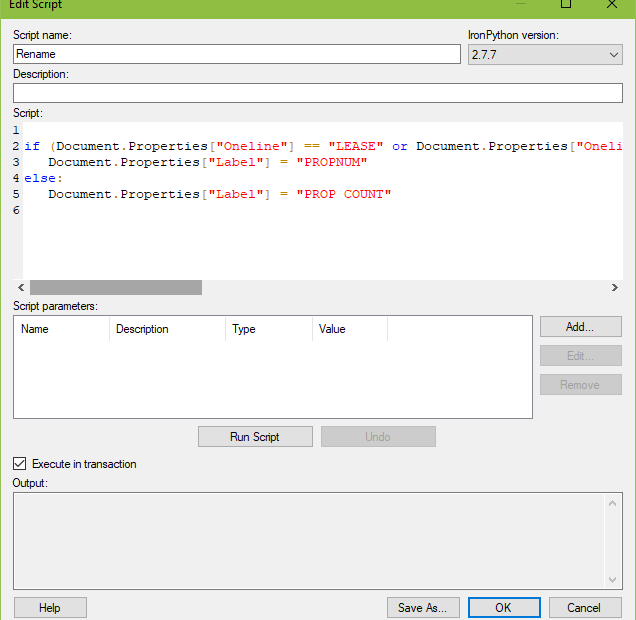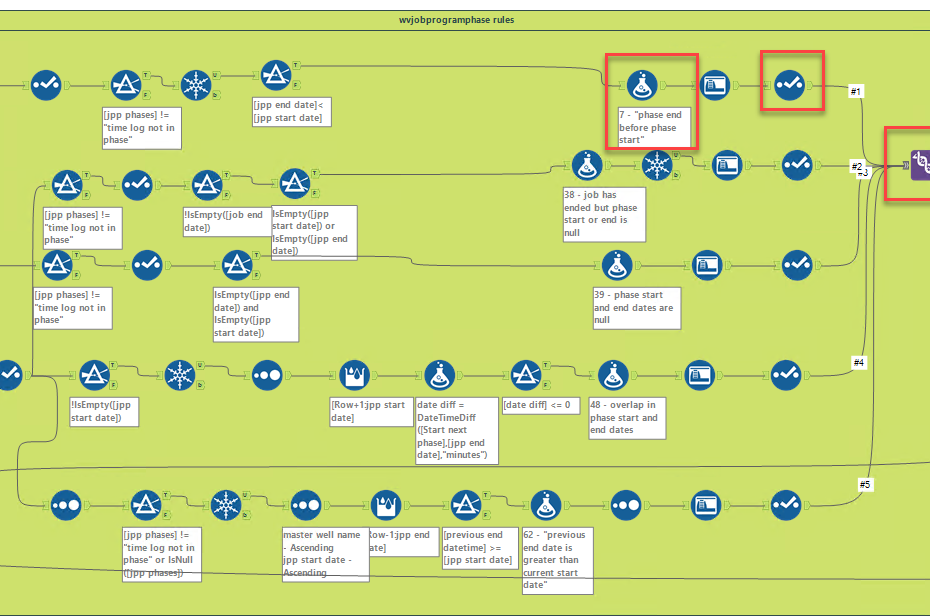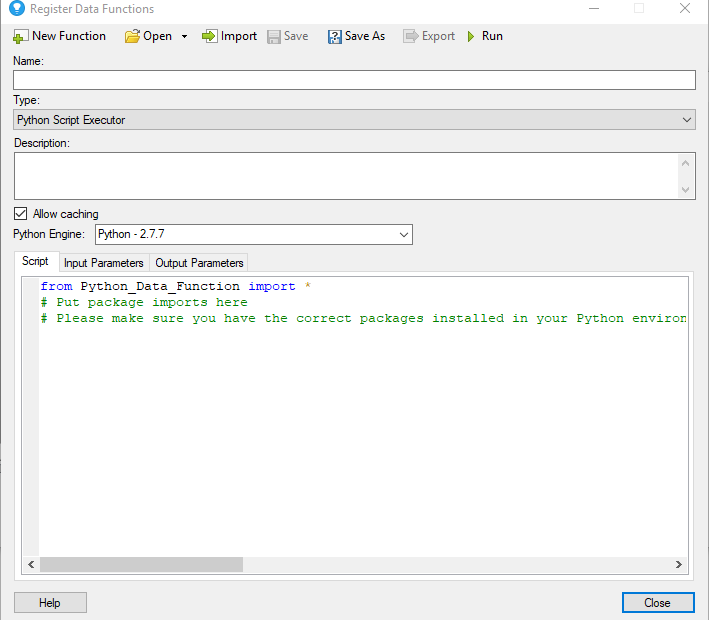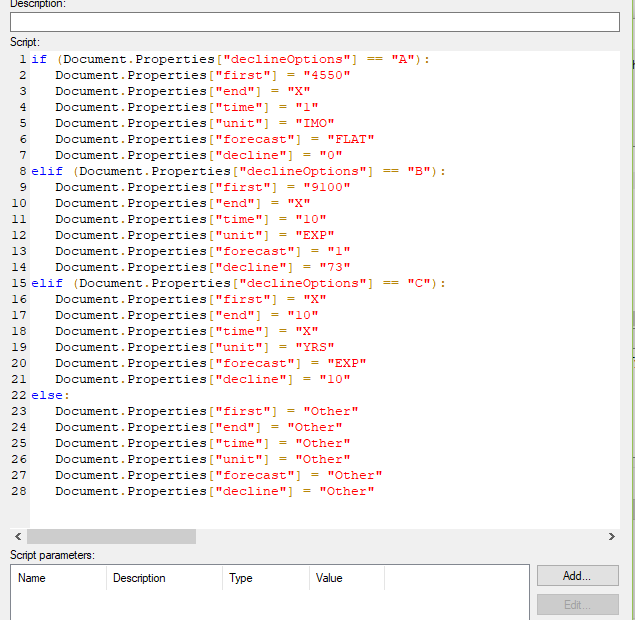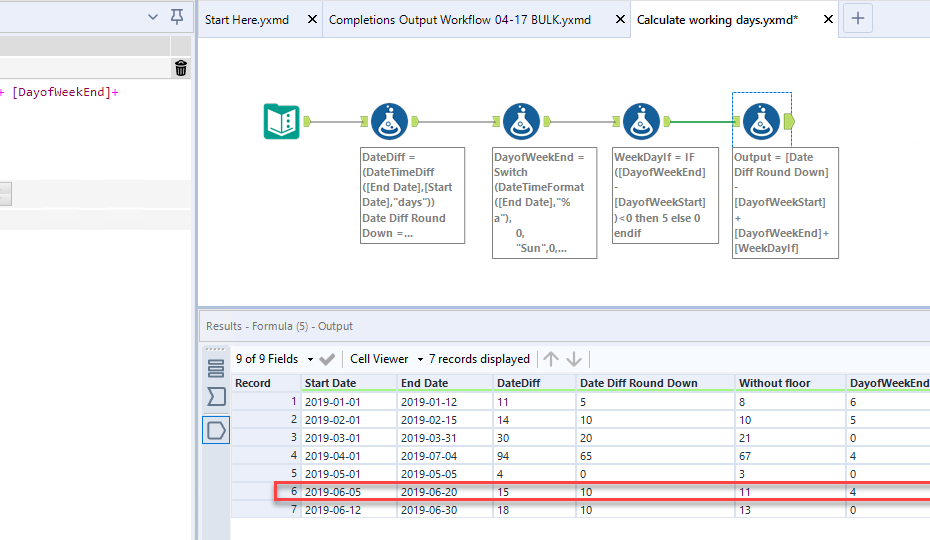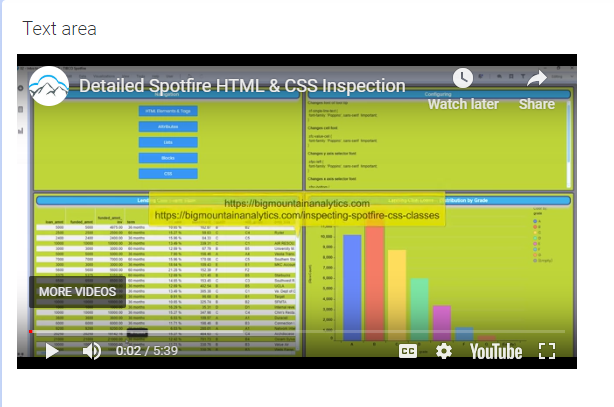How to Learn the Spotfire Expression Language
Since launching the Analytics Corner, I’ve focused heavily on IronPython with a dash of Alteryx. I’ve started working more with Axis Names recently, which was a reminder of how nonintuitive they are. Because I haven’t written much on Spotfire expressions since starting the Analytics Corner, I’m going to do a comprehensive series on how to learn the Spotfire expression language, which will include a good section on Axis Names.
Today’s first post will be a short summary of the different ways to write expressions in Spotfire. Next week, I’ll talk about the over keyword. Then, I’ll cover node navigation, which might take more than one post. I will also show you how to use important functions like $esc and $map. Finally, I’ll close out with a few posts on Axis Names. Read on to get started.
Read More »How to Learn the Spotfire Expression Language